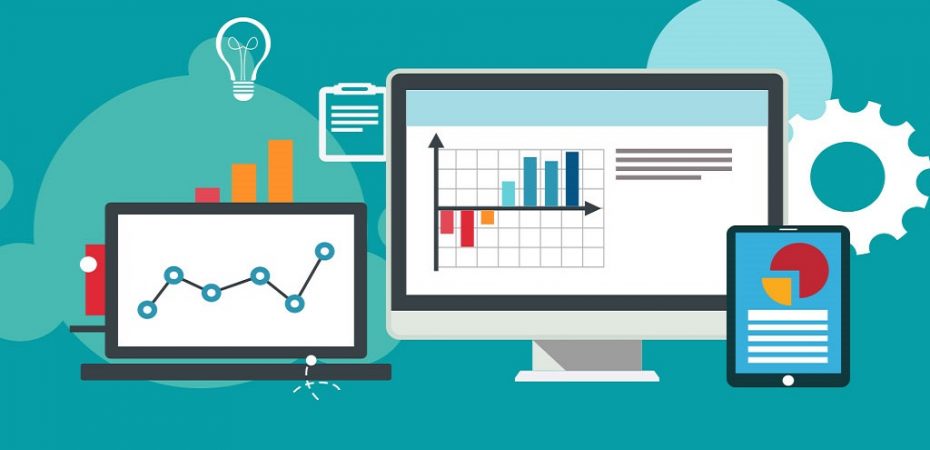Business decisions are often based on a wide variety of factors, indicators, and information. However, not many are as important as workforce data – human resources departments are often the first ones to respond during a crisis. Employees often provide data that are not as clean to work with, such as numbers; rather, a wide range of qualitative information can prove valuable.
What is Workforce Analytics?
Human capital is one of the most important assets in a company. Many studies go to such an extent to claim that the workforce is a source of competitive advantage. Workforce analysis refers to a firm’s ability to develop an in-depth understanding of its staff. Some of these insights include understanding what tools and resources help employees succeed, motivational factors, or reasons behind turnover.
Workforce analytics refers to using an algorithm or artificial intelligence to analyze employee data. In turn, this provides actionable insights for the entire organization and fuels future workforce planning. Additionally, this information can be applied at a firm-wide level to improve business performance, identify inefficiencies, and reallocate resources to enhance business efficiency.
Workforce analytics is typically used in talent management, where the focus is specifically on employee data. Unlike HR analytics, workforce analytics consists of people-related data that is analyzed and managed by software. On the other hand, HR analytics handles many tasks related to the whole business, such as procedure efficiency, daily HR decision-making, or other areas that concern the entire organization.
5 Benefits of Utilizing Workforce Analytics
1. Addressing changes

One of the main benefits of workforce analysis is your company’s ability to anticipate changes before they actually happen. For instance, you can identify patterns in terms of employee turnover, promotions, motivations, financial rewards, and others. This provides a structured framework for future decisions. This is because workforce analytics is conducted via an algorithm that can make accurate predictions based on a variety of factors, depending on your objectives and area of focus.
2. Talent acquisition

Any healthy corporate culture should be able to acquire and retain talent. Many investors may seek information related to the workforce, such as satisfaction, turnover rates, and more. Workforce analytics help organizations identify how successful their recruitment strategies are. Some of the main indicators include:
- Most efficient job boards or posts
- Number of candidates and drop-offs at each recruitment stage
- Number of candidates required to find the right person
- Motivating factors for current employees
- Turnover trends and patterns
These are only a few of the issues you may be able to resolve through workforce analytics. These aspects help businesses and investors paint a granular picture of a company’s performance and the quality of its internal processes. Also, as turnover is associated with high costs, workforce analytics helps businesses lower such expenses.
3. Employee retention and performance

Workforce analysis plays an important role for businesses in all industries. It helps to identify top-performing employees, successful strategies for employee retention, and craft successful talent recruitment programs. These abilities can help firms achieve their strategic objectives.
Additionally, employee performance information can be used by HR departments to find out what motivates top talent. This does not only highlight individual factors related to staff but also provides a general insight into how to improve employee morale and engagement.
4. Upskilling

Workforce analytics is used to find opportunities for bridging knowledge gaps within an organization. This data may also identify circumstances for cross-training or even upskilling certain positions to improve performance and efficiency. This ensures that all employees are able to perform their job according to specific corporate standards. However, in order to analyze this data efficiently, you would need to blend data from various systems, so you can have it all in one place, and process it later on.
Upskilling and addressing knowledge gaps are crucial for companies because they allow you to allocate or reallocate resources more efficiently and support team culture. Skill shortages can also cause delays and inefficiencies across the entire business, so addressing them in a timely manner will prevent burnout or turnover related to employees feeling overworked.
5. A proactive approach

Finally, workforce analysis empowers HR to adopt a proactive approach and have a bigger contribution to the firm’s performance. Business strategy is crucial for long-term survival; however, in this digital age, data is playing an increasing role when it comes to strategic decisions. From training the workforce to upskilling and bridging resource gaps that improve the talent acquisition capabilities of your company, workforce analytics is a proactive approach to business optimization.
Conclusion
Nowadays, HR departments are playing an increasingly important role when it comes to business performance. As customers become more demanding in terms of quality, value, and services, a company’s workforce is a potent source of competitive advantage. The ability to find and retain top talent becomes vital for survival. Workforce analysis provides an insight into current capabilities, gaps, skill shortages, and many other people-related aspects that prevent your business from achieving its true potential.
Read Also
- How Well Outsourcing Software Development Team Works
- Signs your Business Needs Custom Software Development
- 9 First-Timer Mistakes To Avoid When Outsourcing IT Support
- How to Manage Offshore Software Development Team
- 11 Ways to Cut Your Business Taxes
- 8 Things to Consider Before Launching a Fintech Startup
- Top 10 Challenges Faced By Entrepreneurs Today
- What Do The Best IT Consulting Companies Have In Common
- How to Fill in Lean Canvas for Your Startup
- 5 Ways to Deliver Excellent and Consistent Customer Service

